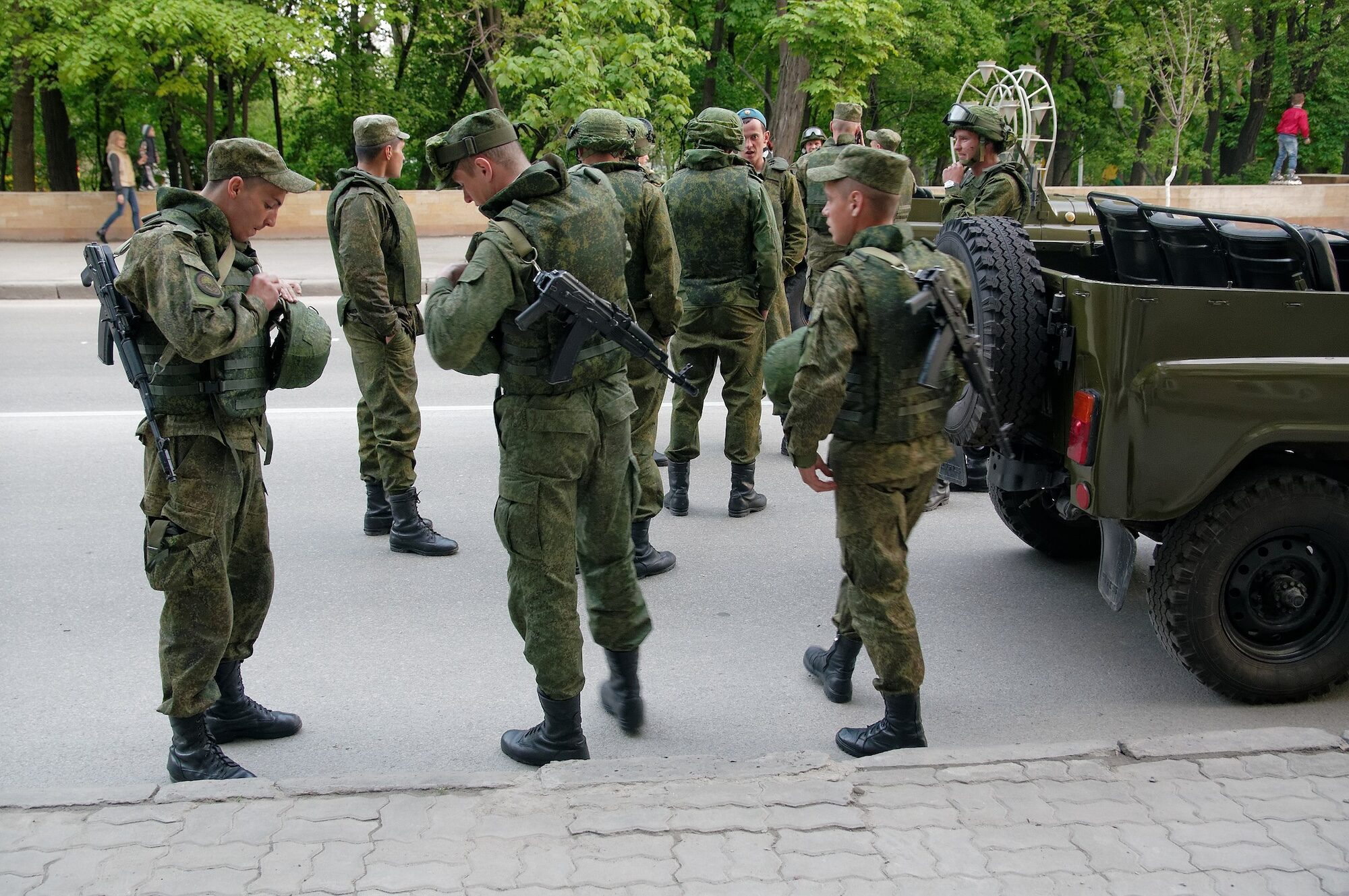Skysix
Sr. Member
- Reaction score
- 773
- Points
- 1,010
Not relevant. Suffice to say the only equipment having EW/GPS jamming issues are older items that are out of US front line inventory.
I hope so - lots of changes and equipment may have been developed and implemented over the past 8 months that are (obviously) not in the public domain. China was certainly able to update its capabilities however by adding AI to its radar and secure comms systems between 8/22 and 12/23 to the point that Boeings EA-18G's were outclassed last December.

How Boeing’s electronic fighter runs into PLA’s South China Sea ‘kill web’
Chinese scientists have given a rare glimpse into the radar system that is beating electronic jamming US fighter jets.
Chinese military scientists have given a rare glimpse into the PLA radar system that is beating US fighter jets. In December 2023, William Coulter, the commander of US Electronic Attack Squadron 136 (VAQ-136) deployed in the South China Sea on the USS Carl Vinson aircraft carrier, was given the axe by the US Navy “due to a loss of confidence in his ability to command”.
A month later, People’s Liberation Army (PLA) officers and sailors on board a Type 055 destroyer were honoured as a “role model of the times” for their actions against a US aircraft carrier fleet. Chinese media showed footage of two US jets buzzing the Nanchang destroyer, one of them widely believed to be an EA-18G Growler – the same electronic warfare aircraft that was used by Coulter’s squadron.
Now, for the first time, scientists with the PLA Navy have revealed the tactics and technology used by Chinese warships against the Growler aircraft, giving a glimpse into the invisible battle that is unfolding in the South China Sea between two of the world’s biggest military powers.
In a peer-reviewed paper published last month in the Chinese academic journal Radar & ECM, the scientists said that artificial intelligence (AI) gave the PLA’s radar a critical edge over the Growler. Manufactured by Boeing, the EA-18G is an electronic warfare aircraft, mostly used for electronic jamming.
Based on the F/A-18 Super Hornet fighter platform, it can be loaded with various electronic warfare systems to suppress enemy reconnaissance and communication signals in all frequency bands and in all directions with high power. It can also launch anti-radiation missiles for precise strikes against shipborne radars, making it a core combat force in the US AirSea Battle strategy.
Production of the Growler began 20 years ago and, since 2021, the US military has spent huge sums to upgrade its equipment to adapt to future wars. But that does not mean it is unbeatable, as shown by the researchers.
“Cognitive intelligent radar has capabilities such as proactive environmental sensing, arbitrary transmit and receive design, intelligent processing, and resource scheduling. It can effectively counter the complex and variable electromagnetic jamming of the EA-18G,” wrote the project team led by Professor Liu Shangfu, a radar expert with the Naval Non-Commissioned Officer School in Bengbu, in southeast China’s Anhui province.
The Chinese navy’s modern warships are equipped with multiple radars with different working principles and many different types of sensors. Scientists and engineers have solved the bottleneck issue in the transmission and processing of massive amounts of heterogeneous data, enabling these devices to work together, significantly reducing the effectiveness of the Growler’s jamming against individual radars.
“System detection is not simply a stacking of multiple detection sensors, nor a loosely connected network, but rather a comprehensive utilisation of the performance characteristics of different sensors based on actual situations, and a rational allocation and scheduling of detection resources from a tactical perspective to enhance the platform’s information control capabilities,” Liu’s team wrote.
Chinese scientists have also made breakthroughs in maintaining high-speed and reliable communication across the entire fleet in complex electromagnetic environments. When an EA-18G launches an attack on a Chinese naval ship, it will immediately be countered by nearby Chinese naval ships.
As the ships share information, a giant “kill web” is then created, with the capability to “flexibly, actively, quickly and intelligently counter the EA-18G, achieving a transformation from ‘single-resource confrontation’ to ‘systematic detection resource confrontation’”, Liu and his colleagues wrote.
With technology on its side, the Chinese navy has reversed its previous cautious style and adopted a more proactive tactic of “attacking as defence, taking multiple measures simultaneously, optimising combinations and joining forces with other elements to counter electronic warfare aircraft”, the scientists added.
China’s official report on the Nanchang confirmed this change of tactic. The ship reportedly broke the traditional formation rank, advancing 100 nautical miles (185 km) ahead and, with the support of rear forces, blocked the US aircraft carrier task force from advancing towards a Chinese exercise zone. In response, the US military dispatched carrier-based aircraft. Videos released by China showed that the EA-18G might have adopted a combat mode known as "jamming-while-accompanying", creating a formation with other warplanes and conducting noise jamming or releasing strong signals of dense, false targets to blind the Nanchang.
However, the radar system on Nanchang continued to operate normally and locked onto the main targets of the US fleet. A commander on the Nanchang ship told state media that shortly after they opened the protective covers of the vertical launching system, the US planes and ships backed off.
The intense contest between Chinese warships and the Growlers started as early as 2018, during the Donald Trump administration, according to Liu’s paper.
The Americans initially had an upper hand, but the game soon changed. According to the US Congress’ National Defence Strategy Commission in 2022, the US is “losing its advantages in electronic warfare, hindering the nation’s ability to conduct military operations against capable adversaries”.
Last edited:












